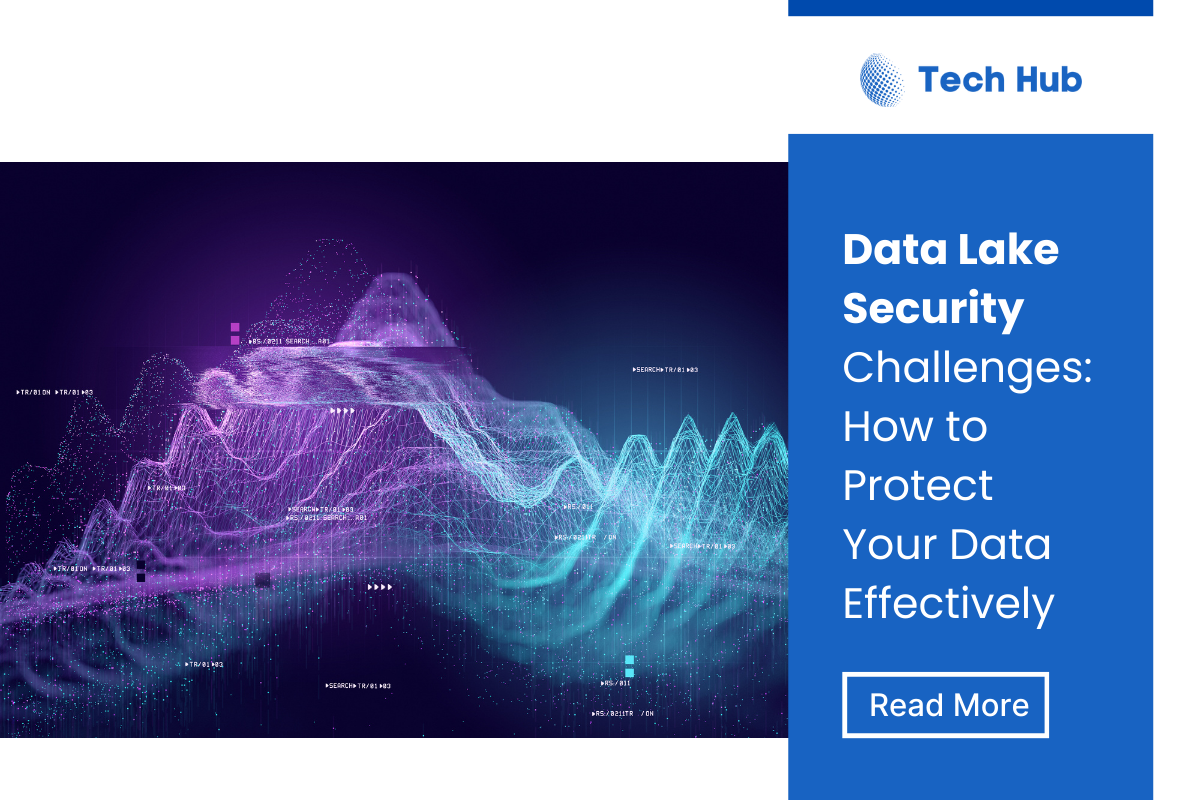1. What is a Data Lake?
A data lake is a place to store lots of data from different sources. It keeps data in its original format, making it easy to access and analyze later. Data lakes are useful for handling large amounts of structured, semi-structured, and unstructured data.
2. Why Data Lake Security is Important
Data lake security is crucial for several reasons:
- Protecting Data: Keeping sensitive data safe from unauthorized access and breaches is key for customer trust and following rules.
- Protecting Privacy: Organizations must make sure personal and sensitive information is handled properly according to privacy laws.
- Following Rules: Obeying industry standards and regulations is vital to avoid penalties and legal issues.
- Overall Security: Securing data lakes helps protect against cyber threats that could damage data.
3. Risks of Data Lakes
Data lakes have some risks, including:
- Unauthorized Access: Many users have access to data lakes, so there’s a risk of sensitive info being accessed by the wrong people.
- Data Leaks: Without proper controls, sensitive data could be exposed to unauthorized users, leading to breaches.
- Data Problems: Data lakes can have quality issues, like data being corrupted or losing integrity.
- Not Following Rules: Failing to follow data protection regulations can lead to penalties and reputation damage.
4. Threats to Data Lakes
Some cybersecurity threats data lakes face are:
- Insiders: Employees with data access may intentionally or accidentally compromise security.
- Malware: Criminals may use malware to gain unauthorized access and steal data.
- Phishing: Employees may fall for phishing scams, letting criminals into the data lake.
- Denial of Service: Attackers may disrupt access to data lakes, impacting business.
5. Key Parts of Data Lake Security
To secure a data lake, focus on these key areas:
- Controlling Who Can Access Data
Defining who can access sensitive data and what they can do is crucial. User roles and permissions should be set up so people only see what they need for their job.
- Protecting Data
Strong measures like encryption are needed to keep data safe, whether it’s being stored or sent somewhere.
- Managing Metadata
Keeping track of data’s history, usage, and other details (called metadata) helps enforce security rules and follow regulations.
- Having Good Data Governance
Clear policies and responsibilities for managing data securely are essential. This ensures data is handled consistently and safely.
6. Best Ways to Secure a Data Lake
Here are some top practices for data lake security:
Controlling Who Can Access Data
- Roles and Permissions: Define user roles and permissions based on job functions to limit access to sensitive data.
- Regular Reviews: Check user access regularly to make sure permissions are up-to-date.
Protecting Data
- Encryption: Use strong encryption to protect data, whether it’s being stored or sent.
- Masking: Hide sensitive info in non-production environments to prevent unauthorized access during testing.
Having Strong Data Governance
- Classifying Data: Categorize data based on sensitivity and importance to apply tailored security measures.
- Creating Policies: Develop clear data governance policies outlining roles, responsibilities, and procedures.
Using Encryption
- Managing Keys: Have a secure system for protecting encryption keys so only authorized people can access them.
- End-to-End Encryption: Use encryption for data transfers to protect data from unauthorized access during transmission.
Monitoring and Auditing Regularly
- Continuous Monitoring: Monitor data access and usage in real-time to detect suspicious activities and potential breaches.
- Audit Trails: Keep detailed records of data access and changes to identify unauthorized actions.
7. Securing Data Lakes in the Cloud
Cloud data lakes offer advantages but also introduce unique security challenges. To secure a cloud data lake:
- Choose a Secure Cloud Provider: Pick a provider with robust security features, encryption, access controls, and compliance certifications.
- Understand Shared Responsibility: Know that the cloud provider secures the infrastructure while the organization secures its data.
- Review Cloud Security: Continuously assess and update cloud security policies to address new threats.
8. Preventing Data Breaches
To prevent data breaches:
- Train Employees: Regularly educate employees on data security best practices and the importance of protecting sensitive information.
- Have an Incident Plan: Develop a plan to quickly address and reduce the impact of data breaches.
- Assess Security: Regularly assess security and test for vulnerabilities to strengthen security measures.
9. Conclusion
Data lake security is crucial for protecting sensitive data and following regulations. By understanding risks and threats, organizations can implement security measures to safeguard their data. Following best practices for access control, data protection, governance, and encryption helps mitigate risks. As data lakes grow, prioritizing security will be key for maintaining trust and success in a data-driven world. Investing in data lake security protects valuable data and enables leveraging insights to drive innovation and stay competitive.

